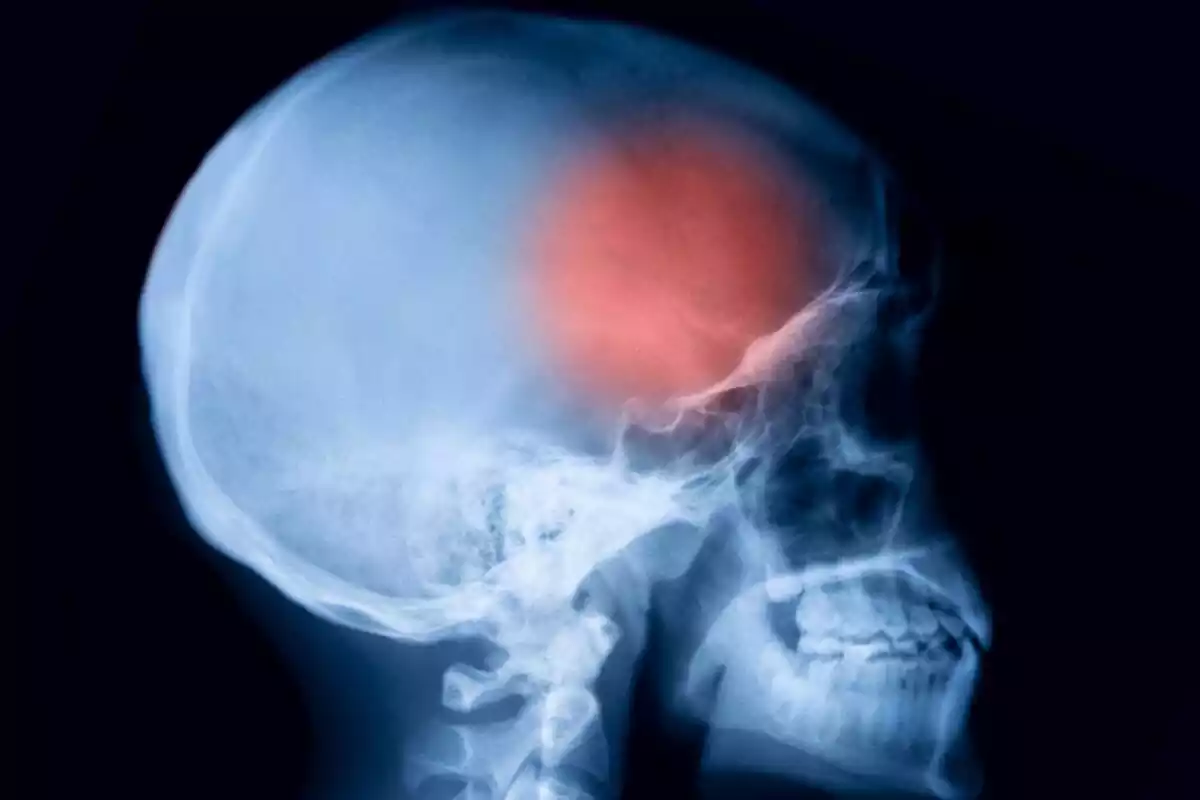Nowadays, meningitis, a type of infection that affects the central nervous system, is attracting the attention of many people due to the appearance of striking cases in the media.
In this article, we will describe what this disease is, what its symptoms in children and adults are, what types are there depending on the cause of it, and what vaccines are used in the prevention of this disease, including the side effects they can cause.
What is meningitis?
The meninges are three membranes composed of connective (or conjunctive) tissue that is attached to the brain and skull so that they cover and protect the central nervous system. The pia mater, which contains many blood vessels, the arachnoid, is responsible for distributing cerebrospinal fluid, and the dura mater is the outermost layer.
Meningitis is an inflammation of the meninges due to infection. As we will see later, there are different pathogens that can cause infections associated with the symptoms of this disease, including bacteria and fungi, although the most common type of meningitis is the viral one.
According to several recent reports from the World Health Organization (WHO), in 2015 almost 9 million cases due to this disease were identified worldwide. Of these, just fewer than 400 thousand were fatal. Africa is the most affected continent by this disease.
Although it is a high number of deaths, especially if we take into account that there are effective vaccines against it, there has been a notable decrease in mortality due to this infectious disease in recent decades. We hope that this figure will continue to decline as measures related to public health worldwide improve.
Symptoms
The most common meningitis symptoms are skin rashes, which can appear anywhere on the body, pallor, neck stiffness, confusion, which can lead to delusions, photophobia (intolerance to intense lights) and seizures, which are relatively rare. Other common signs are fever, vomiting, headache, and drowsiness.
In children, torticollis and photophobia are less common than in adults, but meningitis symptoms and signs are usually identified at an early age. Some of the most significant are irritability, muscle changes (stiffness or flaccidity) or food rejection.
The early signs that can detect and prevent it from getting worse include fever, muscle pain, headaches, vomiting and low temperature in feet and hands. Many experts point out the similarity of the symptoms of meningitis with those of the common flu.
However, the symptoms we have mentioned may appear in any order and, as in most diseases, they vary markedly depending on the case; for example, the distinctive rashes don’t occur in all people affected by some of the types.
This disease can leave significant consequences, especially in children. Losses of auditory capacity, the development of intellectual deficits and, therefore, of learning difficulties or the appearance of epilepsy are relatively common.

Types and causes
As we have said previously, viral infections are the most common cause of meningitis, although bacteria, fungi, parasites, and other agents can also cause this disease.
1. Viral
Among the viruses that cause this disease frequently, the ones that stand out are enterovirus, human immunodeficiency virus or HIV (which can evolve into AIDS), mumps and varicella-zoster virus, causing both chicken pox and herpes zoster or shingles.
2. Bacterial
Bacterial meningitis is the most deadly type that exists. In newborns, the most common causes are group B streptococci, the bacteria Escherichia coli and Listeria monocytogenes, while in older children infections by Neisseria meningitides and Streptococcus pneumoniae are more common.
In adults, the bacterial type is most commonly caused by the bacteria Streptococcus pneumoniae or Neisseria meningitides, although many adults also get it from Listeria monocytogenes.
3. Fungal
Among the factors that are associated with fungal meningitis are immunosuppressive drugs, HIV / AIDS and aging, which weaken the immune system and make it easier to become infected by fungi. The most frequent pathogen that causes this type of meningitis is Cryptococcus neoformans.
4. Parasitic
This type is usually diagnosed when a very high concentration of eosinophils is detected in the cerebrospinal fluid, which acts similarly to blood in the central nervous system. Eosinophils are a type of white blood cell that deal with fighting pathogens that affect the immune system.
Vaccines
Vaccines to prevent meningitis vary depending on the cause of the underlying infection. For several decades there have been public health plans related to the mass vaccination of children to prevent this disease due to infections by some of the most common pathogens in these cases.
Thus, for example, vaccines against the bacteria Haemophilus influenza type B (Hib vaccine) and Neisseria meningitides have been available for years in many parts of the world. In addition, new vaccines keep appearing like Bexsero, which is marketed in Spain and the rest of Europe.
Currently, the prevention is much more effective than it was a short time ago because of the generalization of vaccines worldwide. However, the availability of these varies depending on the country and the hegemony of the neoliberal model, which opposes universal public health, and it is endangering the advances that have been made in recent decades.
